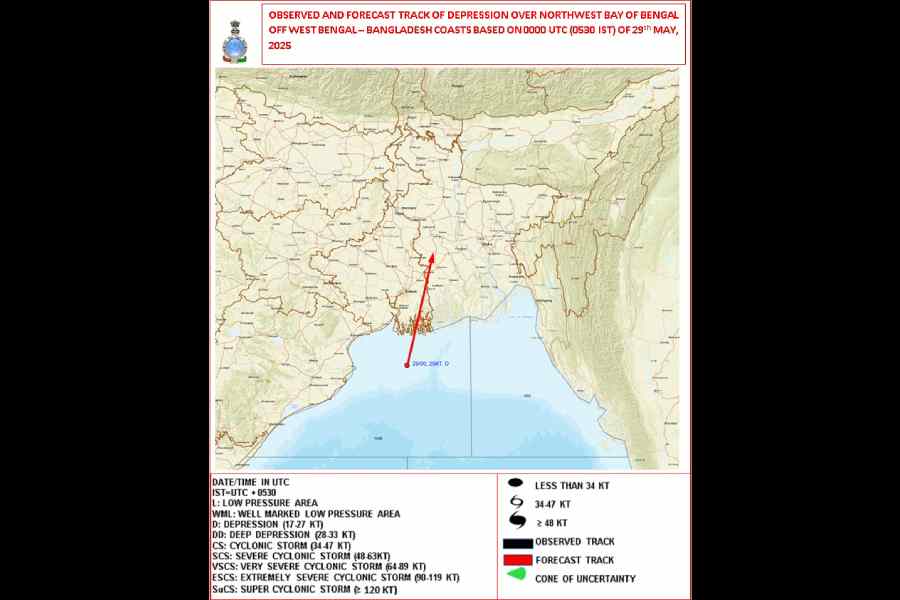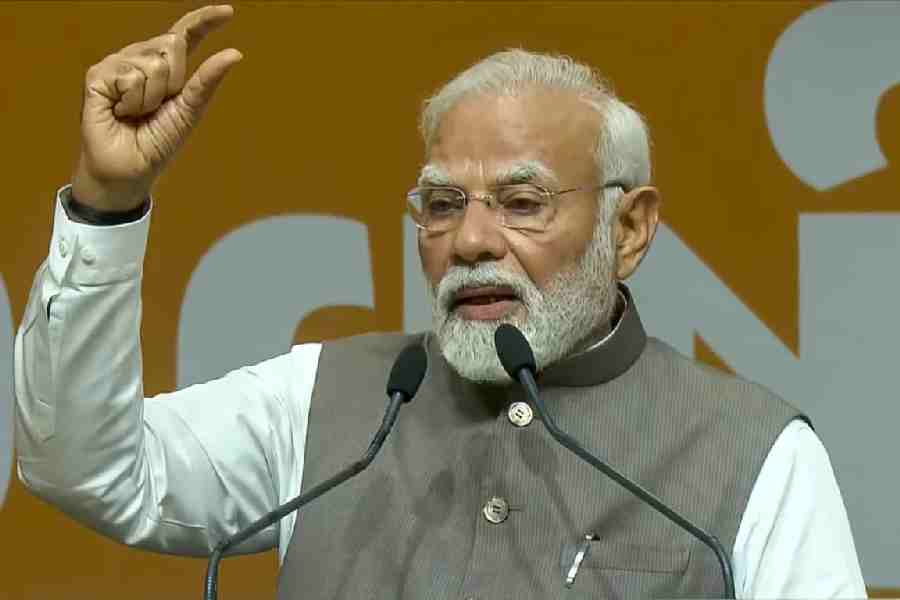 |
Other side of story: time to rejuvenate sister city
Surrounded by two rivers, the Ganga and the Roopnarayan, Howrah district, the smallest in West Bengal, has a covering area of 1,467 sqkm with a population of about 5 million, as per the latest census. The sister city of Calcutta has fallen far behind in terms of development and infrastructure. It urgently needs a rejuvenation plan that should ensure inclusive and sustainable growth for its entire people.
Interestingly, the population density in the district varies widely. While Bally and Howrah municipalities have a population density of 22,000 per sqkm, in areas like Amta and Shyampur, it is as sparse as 1,400 per sqkm. The planners may note that there should be continuity in development in spatial domain and the population be uniformly distributed so that there is no undue pressure on resources and infrastructure in any particular region.
Once called the Sheffield of the east, primarily because of its engineering roots, the town needs appropriate planning and, most importantly, immediate execution of rejuvenation plans. In the last decade or so, a number of reports and plans identifying chronic problems have already been chalked out, it is now time for implementation.
River transportation
I think Howrah, as a district, offers immense possibilities. The long riverfront can be developed for tourism, industry, trade and commerce. Ganga can be used much more widely as an alternate transportation system. The river water can solve the acute drinking water crisis that the district faces every summer. Treatment plants of medium and small scale should be developed for the purpose. This will also scale down the arsenic contamination of groundwater in Howrah. There is ample opportunity to develop shipbuilding and water vessel-building industry on the west bank, which will provide employment opportunities.
Road connectivity
The problem of inadequate road transport infrastructure is one of the main impediments to growth. A comprehensive plan connecting Shalimar station with south, north and central Howrah could take off some of the load from the highly congested Howrah station, GT Road and other areas. The administration can seek the expertise of academic institutions like the IITs, Bengal Engineering and Science University (Besu) or JU to develop a comprehensive transport network for the district.
Energy issues
One of the crucial challenges of the 21st century is to develop and generate non-conventional, non-polluting renewable energy sources. I am happy that West Bengal Renewable Energy Development Agency (WBREDA), the government of West Bengal, the Howrah Municipal Corporation (HMC) and Besu are collaborating in harnessing solar energy. In Howrah, all school, college and university buildings should have solar panels on rooftops. In schools, students should be taught to conserve energy and the perils of not doing so.
Healthcare delivery
Advanced healthcare infrastructure should be developed not just as isolated hospitals but as a coordinated and interconnected set of healthcare delivery system. The planners must appreciate that with the phenomenal increase in population, it is not possible to provide services such as health care, transportation or environmental protection without making use of information technology (IT). Patients in remote corners can reach and avail proper medical advice only if there is Internet connectivity. This will go a long way in improving rural healthcare system.
Skill update centres
The issue of unemployment in Howrah can be tackled by having skill development centres like it is and polytechnics throughout the district. One of the main causes of decline of industry in Howrah is non-availability of appropriate technology and market. These centres can also help the present labour force in continuous upgrade of their skills.
Land redistribution
Land, interestingly, is not a scarce commodity in Howrah. Land belonging to sick and closed industries should be redistributed among institutions and new industrial units that can take part in the economic rejuvenation of the district. There should be more parks and hubs dedicated to biotechnology, pharmaceuticals, green energy, sports and education. Academic institutions can play a major role in distributing their knowledge base if appropriate land and infrastructure is made available to them. Planners should note that in the West, leading universities have played a major role in bringing newer technologies and developing the areas around it.
Environment issues
Finally, I would like to stress that any kind of development without taking into consideration the environment is bound to fail. In my opinion, one of the fallacies of planning is the failure to take into account the multiple stakeholders. Schoolchildren should be taught about environmental protection right from the elementary stages. The level of particulate matter in the air in Howrah is way above permissible limits. Polluting industries need to be checked on a war footing. The issues of energy, environment, water and health care are intimately connected with each other.
I hope that with the combined efforts of all concerned, the district will emerge as the most prosperous region, where education, healthcare, agriculture and industry will coexist in a sustainable fashion.
The writer is vice-chancellor, Bengal Engineering and Science University, Shibpur










